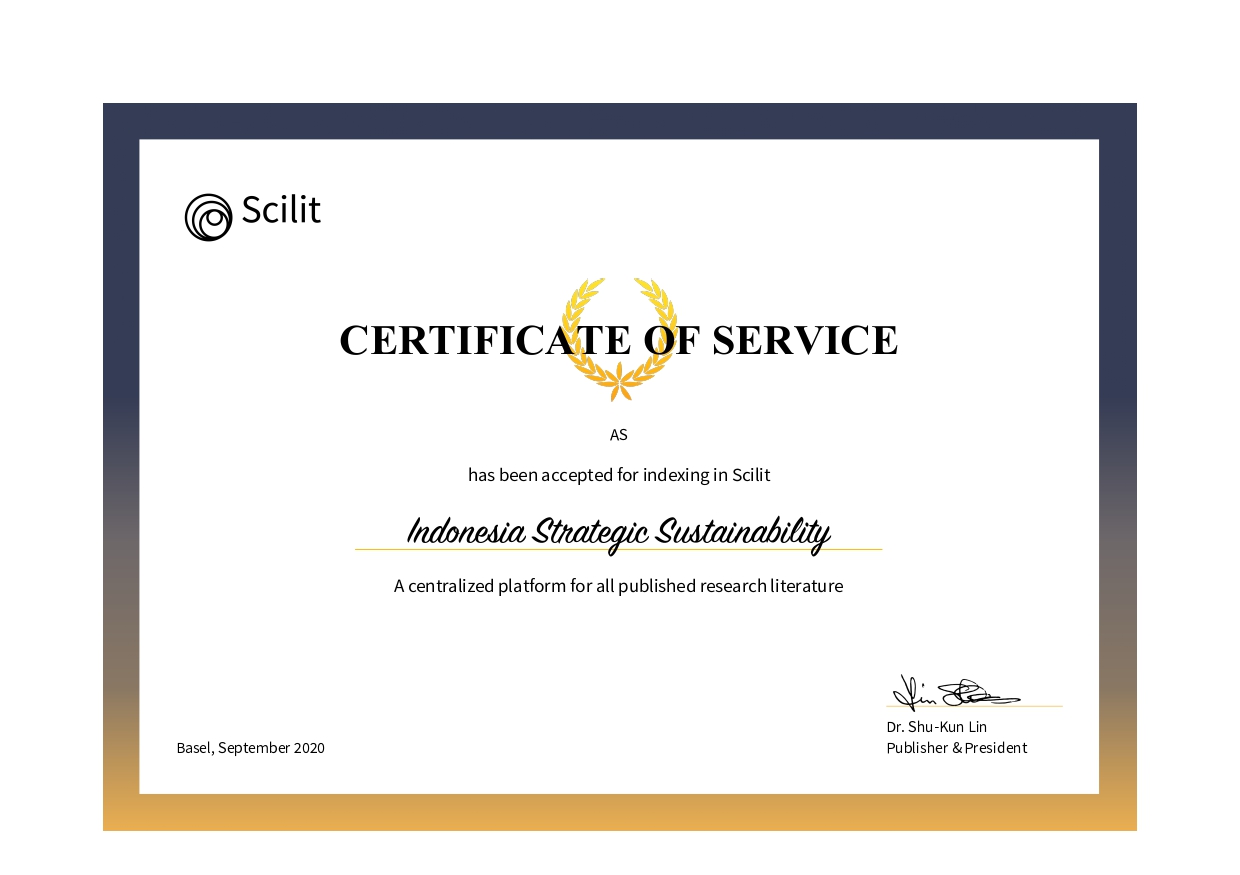Improving Inceptisol Soil Fertility using Caterpillar Epigenetics: Tenebrio molitor (L.) Tenebrionidae. and Bombyx mori Linnaeus. as Facilitator of Soil Nutrient Amelioration and Plant Growth of Capsicum frutescens ‘Bird’s Eye’
Keywords:
Tenebrio molitor, Bombyx mori Linnaeus, Capsicum frutescens, Frass, PhosphorAbstract
The growth and development of the world's population necessitates the continued development of agriculture that will provide food for all living things, while reducing chemicals in agriculture. The use and rearing of insect caterpillars may increase in the next few years. Producing frass (insect caterpillar dung) from the frass of bamboo caterpillars or Hongkong caterpillars (Tenebrio molitor (L.) Tenebrionidae.) and silkworms (Bombyx mori Linnaeus.) can improve soil fertility and enhance the growth of red chilli (Capsicum frutescens ‘Bird's Eye’) plants. The minerals formed quickly and easily available in the soil in the form of available, and their efficiency is the same as inorganic fertilizers to increase biomass. Overall, the results showed that Hong Kong caterpillar frass (Tenebrio molitor L.) and silkworm frass (Bombyx mori Linnaeus.) have great potential as a substitute for Mineral NPK fertilizer. With the application of Hong Kong caterpillar frass (Tenebrio molitor (L.) Tenebrionidae.) and silkworm (Bombyx mori Linnaeus.), application with mineral fertilizer P (Phosphor) absorption concentration is five times lower and slower, with the presence of caterpillar frass will prevent loss in the soil and directly absorbed into the soil and needed by plants.
References
Blakstad, J. I., Strimbeck, R., Poveda, J., Bones, A. M., & Kissen, R. (2023). Frass from yellow mealworm (Tenebrio molitor) as plant fertilizer and defense priming agent. Biocatalysis and Agricultural Biotechnology, 53, 102862.
Ferawati, C. F., Barus, H. N., & Tjoa, A. (2014). Pengaruh pupuk organik mikroba rumpun bambu terhadap pertumbuhan tanaman cabai (Capsicum annuum L.). Tadulako University.
Finke, M., & Winn, D. (2004). Insects and related arthropods: a nutritional primer for rehabilitators. Journal of Wildlife Rehabilitation, 27(3/4), 14.
Hadad, M.E.A., E. Randriani, C. Firman, & T. S. (2018). Budidaya Tanaman Pala.
Lubis, E. J. (2023). Efektivitas Metode Pemupukan pada Pertumbuhan Dua Varietas Bibit Kelapa Sawit (Elaeis guineensis Jacq.) di Pembibitan Utama (Main Nursery). Universitas Sumatera Utara.
Lubis, E. J., Rauf, A., & Sarifuddin, S. (2023). Effectiveness of Fertilization Techniques on Growth Two Varieties of Palm Oil Seeds (Elaeis guineensis Jacq.) in Main Nursery. Journal of Social Research, 2(8), 2759–2772.
Maha, I. V., Elfrida, E., & Sarjani, T. M. (2021). Pemanfaatan Limbah Organik Sebagai Media Pakan Tenebrio molitor. Jurnal Jeumpa, 8(1), 516–524.
Novizan. (2018). Petunjuk Pemupukan yang RelatifNo Title. Agromedia.
Prajnanta, F. (2002). Agribisnis Cabai Hibrida. Penebar Sawadaya.
Ruhnayat, A., & Martini, E. (2015). Budi Daya Pala pada Kebun Campur. Balai Penelitian Tanaman Rempah Dan Obat.
Sutanto, R. (2002). Penerapan Pertanian Organik. Permasyarakatan Dan Pengembangannya.
Downloads
Published
Issue
Section
License
Copyright (c) 2025 Erwin Junaidi LUBIS

This work is licensed under a Creative Commons Attribution-NonCommercial 4.0 International License.
Creative Commons Attribution-NonCommercial 4.0 International License.


















